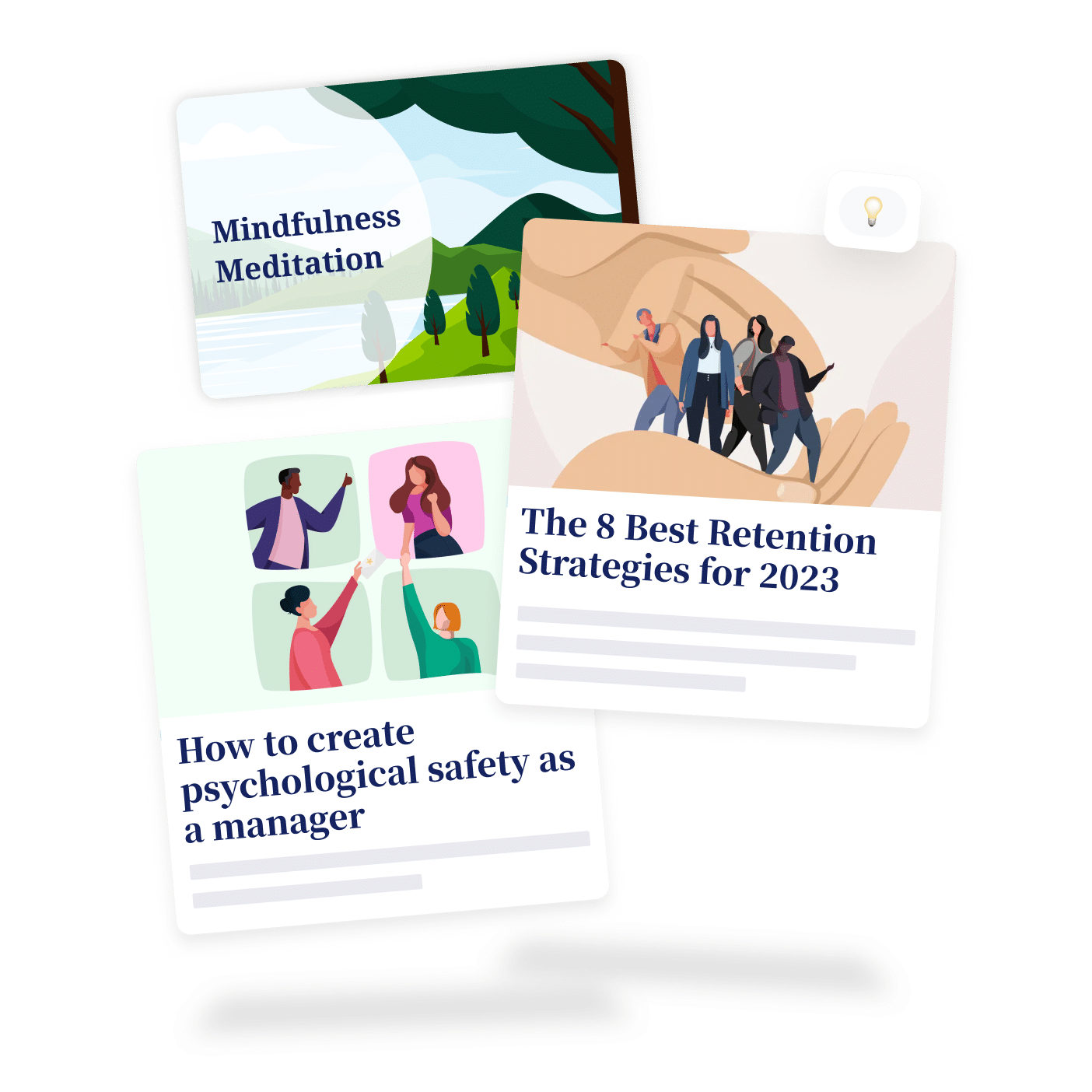A strong feedback culture has many benefits. But how do you do it right? What is the best way to give feedback and which methods have proven successful? In this article we’ll give you tips on how to create a positive feedback environment.
Why is it important to give feedback?
Employees want to receive feedback on their performance. We need feedback to grow and to learn. It improves work performance, guides expectations, and ensures that the focus is on the individual contribution to the success of the company. Therefore, feedback sessions are an important tool for employee development. However, many companies underestimate this. A study by Forbes found that 66% of employees would quit their job if they did not feel valued.
From this we can see that appreciation and performance evaluation in the workplace have great power. It significantly supports the development of an organisation. But – many managers do not use this tool often enough. And if they do, it’s often only negative feedback that is addressed. Positive feedback is rare. Good performance is often taken for granted.
Companies with a strong feedback culture have a competitive advantage against others. They are able to drive innovation, promote creativity and generate a positive workplace environment.
How to create a strong feedback culture?
It is important for a thriving feedback-driven culture to have resilient employees. They should have the ability to adapt to a changing work environment. Only then will they be able to give and also receive feedback.
A strong corporate culture creates an environment of continuous and supportive feedback. Regular feedback sessions with staff and a constructive give and take are important for this. People shouldn’t feel that they just have to take the feedback they’re given, but also feel that they’re allowed to give feedback to their superiors or colleagues.
First of all, it’s good to be aware of why it is difficult to give feedback. Many people find it uncomfortable or do not know how best to go about it. From this, managers can figure out the right methods that drive a successful feedback culture. On top of this, you should create an environment in which employees and managers can trust and rely on each other. If people are afraid of negative reactions or possible consequences, they won’t be likely to provide feedback.
Why giving feedback is hard
There are many reasons why, from a psychological point of view, it can be hard for us to give feedback. The prevailing feeling is usually fear. We are afraid, because we do not know how the other person will react. Can the person deal with my feedback or will they feel offended? Of course, we do not want to hurt anyone intentionally. Or we are afraid of possible consequences. If we have offended someone with our feedback, this person might take it personally and then ignore us or treat us differently.
This fear is especially common in feedback sessions between managers and employees, whereby employees may feel nervous about feeding back to their managers. There is also the fear that superiors may not be able to use the feedback or will not take it seriously.
It’s therefore often easier to avoid conflict. This may work in the short term to maintain harmony. In the long term, however, it isn’t good at all. Emotions can build up and unpleasant situations can arise. But often it is also because we don’t know how to give feedback to someone or when the moment is right to do so. Have a read below for tips on this!
Managers as role models
When developing a feedback culture, it’s important that the team leaders also live and act according to it. They play a key role in its success. On the one hand, managers should give feedback regularly and invite employees to feedback sessions. On the other hand, managers need to also seek feedback from colleagues about their own performance. It is a constructive give and take.
Feedback promotes company growth. It promotes co-operation in teams. Also, it provides guidance for each individual. Employees know where they stand, what their strengths and weaknesses are. And what they need to work on plus where they did a great job.






